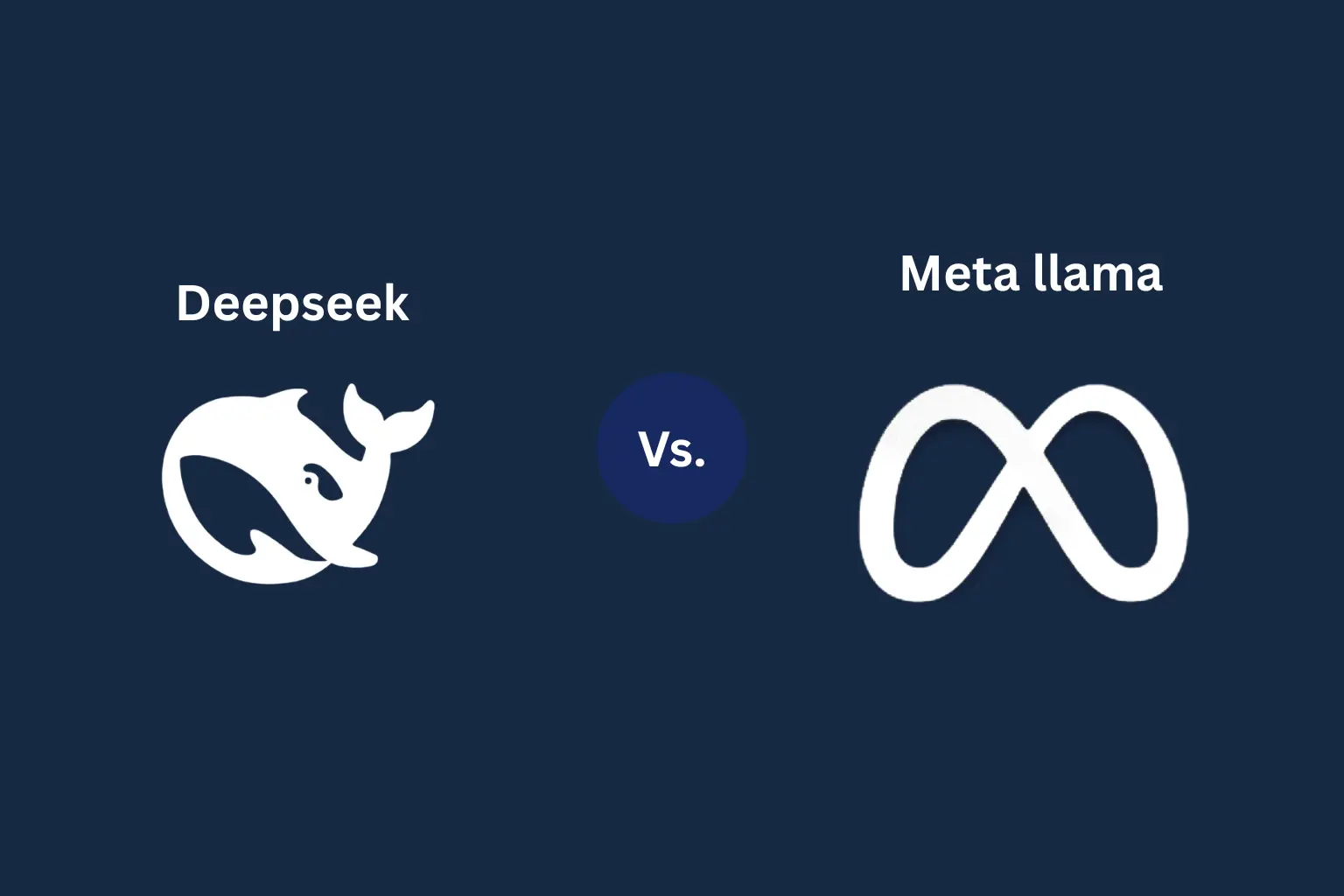In the rapidly evolving field of artificial intelligence, large language models (LLMs) have become pivotal in advancing natural language processing capabilities. Two prominent models in this domain are China’s DeepSeek-R1 and Meta’s Llama 3. Both models have garnered attention for their unique architectures and performance benchmarks. This article provides an in-depth comparison of DeepSeek-R1 and Llama 3, highlighting their strengths, limitations, and ideal use cases.
1. Model Architecture and Training Paradigms
DeepSeek-R1
Unlike traditional models that rely heavily on supervised fine-tuning, DeepSeek-R1 emphasizes reinforcement learning (RL) from the outset. This approach enables the model to develop advanced reasoning capabilities, particularly in complex problem-solving scenarios.
DeepSeek-R1 employs a MoE architecture, activating only relevant subsets of its parameters during inference. This design enhances computational efficiency and scalability.
Meta Llama 3
Llama 3 continues with the transformer architecture, incorporating enhancements like grouped-query attention to optimize processing efficiency.
Trained on over 15 trillion tokens, Llama 3 benefits from a vast and diverse dataset, improving its generalization and contextual understanding.
2. Performance and Capabilities
DeepSeek-R1
Excels in Advanced Reasoning tasks like requiring logical inference, chain-of-thought reasoning, and real-time decision-making.
Demonstrates strong performance in mathematical problem-solving and code generation, making it suitable for technical applications.
Meta Llama 3
Offers Natural Language Processing with robust capabilities in text generation, summarization, and translation across multiple languages.
While primarily text-focused, Llama 3 lays the groundwork for future multimodal applications, including image and video processing.
3. Benchmark Comparisons
| Benchmark | DeepSeek-R1 | Llama 3 70B Instruct |
|---|---|---|
| MMLU | 90.8% | 68.4% |
| MATH-500 | 97.3% | 85.2% |
| AIME 2024 | 79.8% | 65.0% |
| Codeforces Elo | 2029 | 1900 |
| GPQA Diamond | 71.5% | 60.0% |
Note: These figures are based on available benchmark data and may vary with different evaluation settings.
4. Cost and Accessibility
DeepSeek-R1
It’s open-source licensing released under the MIT license, DeepSeek-R1 is freely accessible for both academic and commercial use. While offering advanced capabilities, DeepSeek-R1’s inference costs are higher compared to some counterparts, which may impact large-scale deployments.
Meta Llama 3
Meta provides open access to Llama 3 models, promoting widespread adoption and experimentation. Llama 3 offers competitive inference costs, making it an attractive option for organizations with budget constraints.
5. Use Cases and Applications
DeepSeek-R1
Ideal for applications in mathematics, programming, and scientific research where complex reasoning is essential. Suitable for organizations requiring advanced problem-solving capabilities in their AI systems.
Meta Llama 3
Effective in generating human-like text, making it valuable for content generation, chatbots, and virtual assistants. Supports multiple languages, catering to a global user base.
Conclusion
Both DeepSeek-R1 and Meta Llama 3 represent significant advancements in large language models, each with distinct strengths. DeepSeek-R1’s focus on reinforcement learning and reasoning makes it a powerful tool for technical and complex tasks. In contrast, Llama 3’s extensive pretraining and cost-effective deployment make it versatile for a broad range of natural language processing applications.
The choice between these models should be guided by specific project requirements, considering factors like task complexity, budget, and desired capabilities.






0 Comments